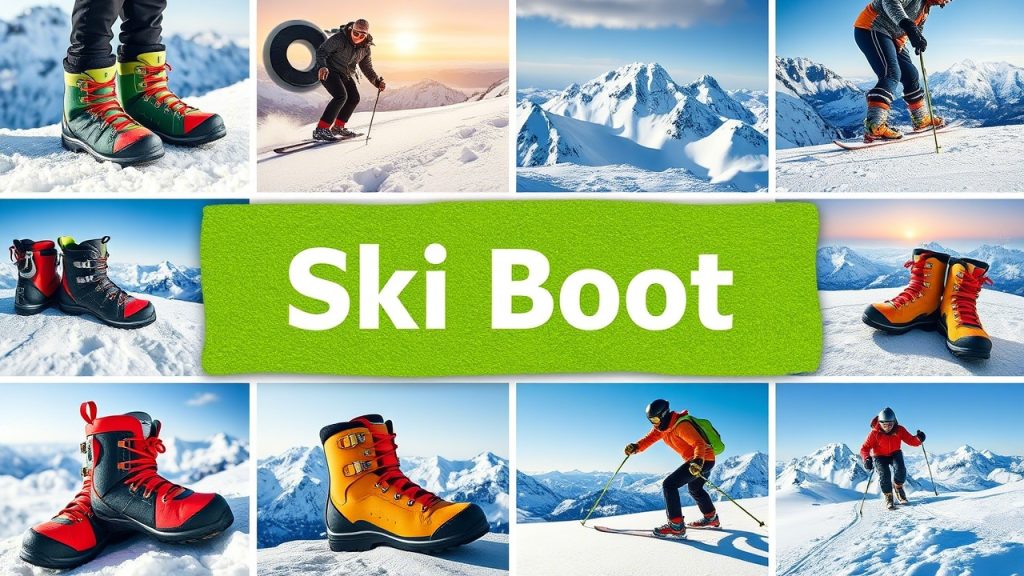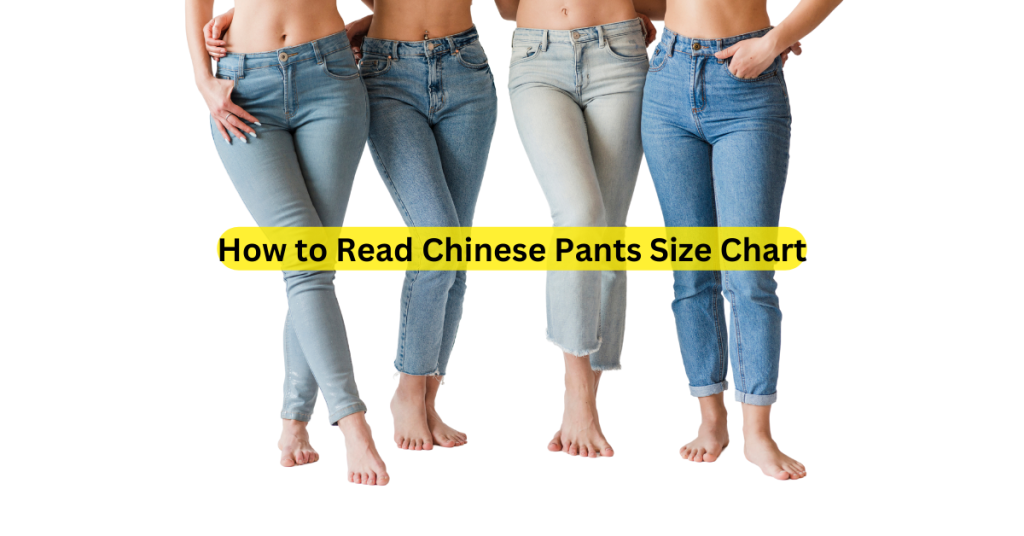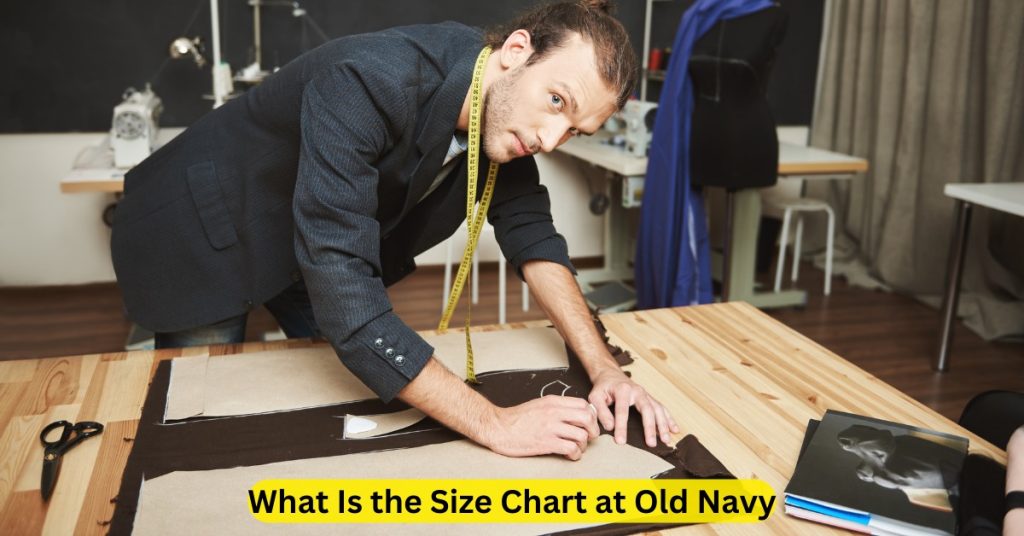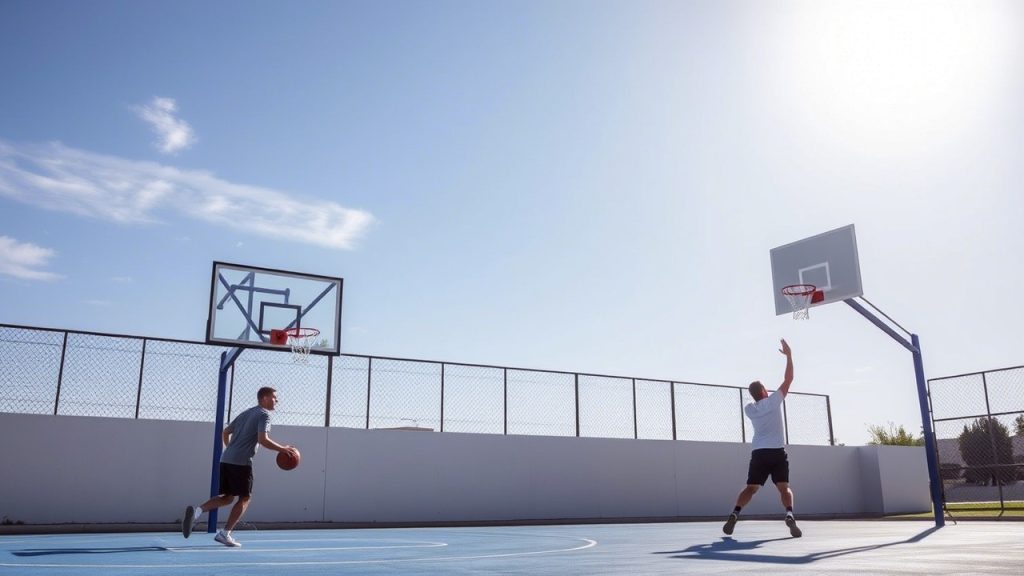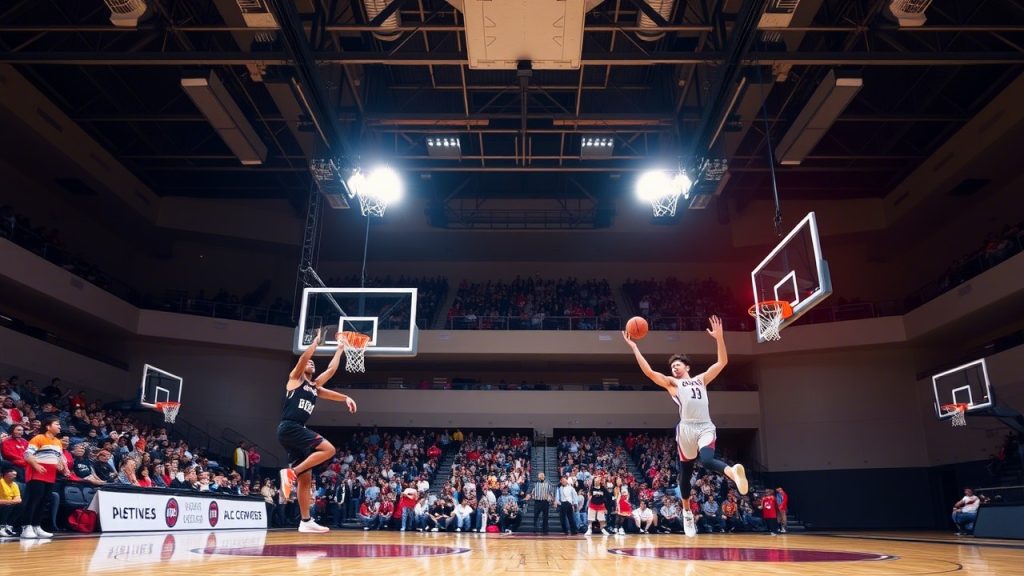14 Best Ski Boot Size Chart Ideas to Optimize Your Comfort
Skiing is an exhilarating sport that demands not only skill and technique but also the proper equipment to ensure safety, comfort, and performance. One of the most crucial pieces of gear that can significantly impact your skiing experience is your ski boots. A perfect fit can make the difference between a day of enjoyable skiing and a day full of discomfort, pain, and frustration.
Finding the right ski boot size is essential, and while many people focus on the length of the boot, the overall fit—including width, flex, and foot volume—also plays a vital role in your comfort. But how do you determine which size is best for you? There’s no one-size-fits-all answer, as each foot is unique, and manufacturers often have slight variations in their sizing systems.
This blog post aims to help you find the best ski boot size chart ideas that will optimize your comfort. Whether you’re a beginner skier or an advanced enthusiast, we’ve compiled 14 helpful size charts and tips to ensure your ski boots fit properly, allowing you to focus on the slopes rather than worrying about your feet.
1. Understanding Ski Boot Sizing Basics
Ski boot sizing is quite different from regular shoe sizing. While most shoes are sized in US, UK, or European sizes, ski boots use a system called mondo point sizing. This system measures the length of your foot in centimeters and determines the ski boot size accordingly.
However, ski boots involve more than just foot length. To ensure a perfect fit, you’ll need to account for the boot’s last (width), flex rating, and foot volume. Let’s break these down briefly:
- Mondo Size: This is the measurement of your foot length in centimeters. If your foot measures 25.5 cm, you would typically wear a size 25.5 boot.
- Width (Last): The boot’s width, typically ranging from narrow (B) to wide (E or 2E).
- Flex Rating: The stiffness of the boot, which affects how the boot responds to pressure and movement. Stiffer boots offer better control for advanced skiers, while softer boots are generally more comfortable for beginners.
2. 14 Best Ski Boot Size Chart Ideas to Optimize Your Comfort
Let’s dive into the 14 best ski boot size chart ideas that will help you find the right size for your feet. These charts will guide you through the necessary adjustments to ensure optimal comfort and performance.
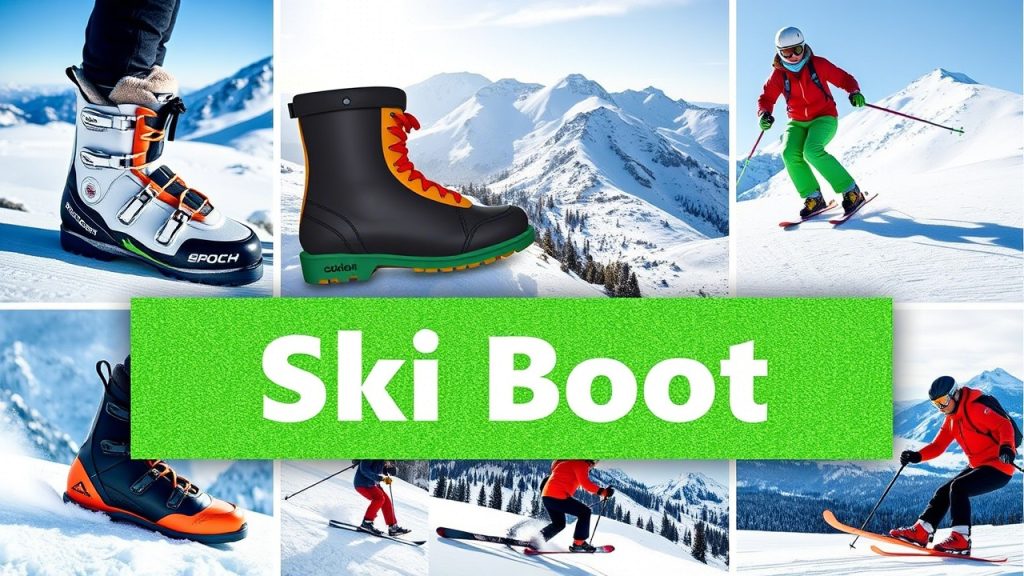
1. Mondo Point Ski Boot Size Chart
The Mondo Point system is universal for ski boots. This chart is a great starting point as it translates foot length (in centimeters) to the ski boot size.
| Mondo Size (cm) | US Men’s | US Women’s | UK Size | EU Size |
|---|---|---|---|---|
| 22.5 | 4.5 | 5.5 | 3.5 | 36 |
| 23.5 | 5.5 | 6.5 | 4.5 | 37 |
| 24.5 | 6.5 | 7.5 | 5.5 | 38 |
| 25.5 | 7.5 | 8.5 | 6.5 | 39 |
| 26.5 | 8.5 | 9.5 | 7.5 | 40 |
| 27.5 | 9.5 | 10.5 | 8.5 | 41 |
| 28.5 | 10.5 | 11.5 | 9.5 | 42 |
| 29.5 | 11.5 | 12.5 | 10.5 | 43 |
| 30.5 | 12.5 | 13.5 | 11.5 | 44 |
2. Foot Width Chart
In addition to foot length, the width of your foot plays a significant role in determining the right ski boot fit. Ski boots come in different widths (or “lasts”) to accommodate various foot shapes. A boot that’s too narrow will squeeze your foot, causing discomfort, while one that’s too wide can result in a lack of control and stability on the slopes.
| Width | Description |
|---|---|
| B | Narrow (women’s standard) |
| D | Standard (men’s standard) |
| E | Wide |
| EE | Extra wide |
| 2E | Double wide (men’s) |
3. Flex Rating Chart
Ski boots have varying levels of flex, which is the amount of resistance a boot offers when you lean forward. A higher flex number means the boot is stiffer and offers more control, while a lower flex rating indicates a softer, more comfortable fit. This chart helps you select the right flex based on your skill level:
| Skill Level | Flex Rating |
|---|---|
| Beginner | 60-80 |
| Intermediate | 80-100 |
| Advanced | 100-130 |
| Expert | 130+ |
4. Shell Fit Chart
A proper shell fit is crucial to ski boot comfort. This refers to the amount of space inside the boot shell after you’ve removed the liner. The correct amount of space is essential for both comfort and performance. This chart shows the ideal shell fit based on foot length and boot volume:
| Fit Type | Foot Length Difference (cm) |
|---|---|
| Tight Fit | 0-1 cm |
| Ideal Fit | 1-2 cm |
| Loose Fit | 2-3 cm |

5. High Volume Boot Chart
High-volume ski boots are designed for people with larger feet, higher arches, or wider foot shapes. If you need a bit more space for your foot’s volume, this chart helps you identify high-volume boots based on your measurements.
| Mondo Size (cm) | Foot Volume (High) |
|---|---|
| 23.5 | Yes |
| 24.5 | Yes |
| 25.5 | Yes |
| 26.5 | Yes |
| 27.5 | Yes |
6. Low Volume Boot Chart
If you have a lower-volume foot or a narrower foot, you’ll want a boot that offers a more precise fit. These boots are generally designed to offer a snug fit around the foot’s arch and instep, providing better control.
| Mondo Size (cm) | Foot Volume (Low) |
|---|---|
| 22.5 | Yes |
| 23.5 | Yes |
| 24.5 | Yes |
| 25.5 | Yes |
| 26.5 | Yes |
7. Ski Boot Sizing for Kids
Children’s ski boots are sized differently, with a focus on growth. Ski boots for kids should provide room for a growing foot while still offering enough snugness for control. This chart provides sizing guidelines for younger skiers:
| Mondo Size (cm) | US Kids’ | EU Size |
|---|---|---|
| 18.5 | 12C | 29 |
| 19.5 | 13C | 30 |
| 20.5 | 1 | 31 |
| 21.5 | 2 | 32 |
| 22.5 | 3 | 33 |
8. Cuff Alignment Chart
Ski boot cuffs are adjustable to ensure that they match your leg’s natural alignment. Proper cuff alignment helps ensure that your skiing posture is correct, improving your skiing experience. Check out this chart to help adjust the cuff based on your leg alignment:
| Alignment Type | Adjustment Recommendation |
|---|---|
| Neutral | Standard cuff setting |
| Bow-legged | Adjust cuff to align with knees |
| Knock-kneed | Adjust cuff for better support |
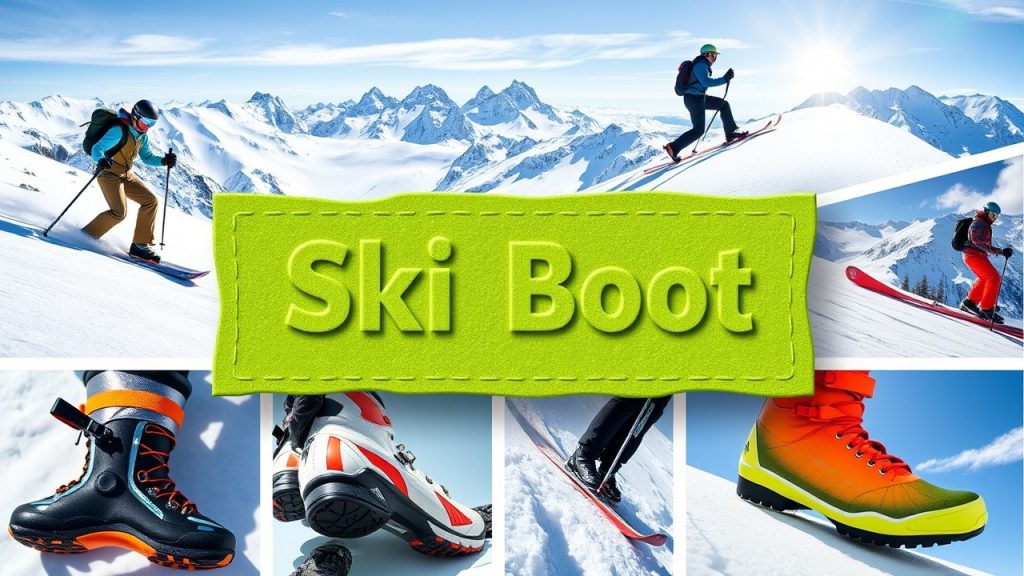
9. Heated Ski Boots Sizing
For skiers who struggle with cold feet, heated ski boots provide added warmth. These boots often come with customizable heating settings, but the sizing process remains the same. Here’s a guide to help you choose the right size heated boot:
| Mondo Size (cm) | Boot Type | Heating Elements |
|---|---|---|
| 22.5 | Heated | Yes |
| 23.5 | Heated | Yes |
| 24.5 | Heated | Yes |
| 25.5 | Heated | Yes |
10. Ski Boot Fit for Narrow Feet
If you have narrow feet, you’ll need a ski boot with a narrower last and a more secure fit. Check out the chart for narrow boot options that are better suited for your foot type:
| Mondo Size (cm) | Last Type | Fit Recommendation |
|---|---|---|
| 22.5 | Narrow | Snug fit |
| 23.5 | Narrow | Snug fit |
| 24.5 | Narrow | Snug fit |
11. Ski Boot Fit for Wide Feet
For those with wider feet, look for ski boots with a wider last. These boots offer more space across the forefoot and toes, improving comfort while ensuring performance. Use this chart to find the best fit for your wide feet:
| Mondo Size (cm) | Last Type | Fit
Recommendation | |—————–|———–|——————–| | 26.5 | Wide | Spacious fit | | 27.5 | Wide | Spacious fit | | 28.5 | Wide | Spacious fit |
12. Custom-Fit Liners
Some ski boots come with custom-moldable liners that allow for a personalized fit. These liners mold to the shape of your feet after a heating process, providing exceptional comfort and support. This chart outlines the benefits of custom-fit liners:
| Boot Type | Fit Type | Liner Customization |
|---|---|---|
| Standard | Average Fit | No customization |
| Premium | High-Volume Fit | Customizable liner |
| Custom | Low-Volume Fit | Fully customizable |

13. Sock Thickness Chart
Your sock thickness can affect your ski boot fit. Thin socks provide a closer fit, while thicker socks may make boots feel tighter. This chart can help you choose the right sock thickness:
| Sock Thickness | Recommended Boot Fit |
|---|---|
| Thin | Ideal for tighter boots |
| Medium | Standard fit |
| Thick | Ideal for wider boots |
14. Ski Boot Sizing for Women
Women’s ski boots are generally designed with a lower cuff and narrower last to better fit the typical female foot shape. Use this chart to find ski boots specifically designed for women:
| Mondo Size (cm) | US Women’s | EU Size | Fit Type |
|---|---|---|---|
| 23.5 | 5.5 | 37 | Narrow |
| 24.5 | 6.5 | 38 | Narrow |
| 25.5 | 7.5 | 39 | Medium |
| 26.5 | 8.5 | 40 | Medium |
Frequently Asked Questions
1. How do I measure my foot for ski boots?
To measure your foot for ski boots, stand on a flat surface and use a ruler or tape measure to measure the length of your foot from the heel to the longest toe. Make sure to measure both feet, as they may be slightly different sizes.
2. How tight should my ski boots fit?
Ski boots should fit snugly but not cause discomfort or pain. There should be no extra space around your toes, and your heel should be held securely in place.
3. Can ski boots be stretched?
Yes, ski boots can be stretched or altered by a professional boot fitter if they feel too tight. However, some boots are more pliable than others, so always consult a fitter before attempting any adjustments.
4. What’s the difference between a high-volume and low-volume boot?
A high-volume boot has more room in the footbed, making it suitable for skiers with wider feet or higher arches. A low-volume boot is narrower and better suited for skiers with narrower feet.
5. Should I buy ski boots based on Mondo sizing or US sizing?
Mondo sizing is the standard sizing system for ski boots. It’s best to choose ski boots based on your Mondo size, as it’s a more accurate measurement of your foot length in centimeters.
6. Are custom-fit liners worth the investment?
Custom-fit liners are often worth the investment if you experience foot pain or discomfort while skiing. They mold to the shape of your feet, providing a more precise fit and enhanced comfort.
7. Can I wear regular socks in ski boots?
It’s recommended to wear specific ski socks made of synthetic or wool materials. Avoid cotton socks, as they retain moisture and can cause discomfort.
8. How often should I replace my ski boots?
Ski boots should generally be replaced every 5-7 years, depending on the condition of the boots. If they show signs of significant wear, it’s time for a new pair.
9. Can I adjust the stiffness (flex) of my ski boots?
While you can’t usually adjust the flex of your ski boots, some models allow for a more customizable fit through removable or adjustable parts like buckles and liners. Be sure to choose a boot with the right flex rating for your skill level.
Conclusion
Finding the right ski boot size is crucial for both comfort and performance on the slopes. By using these 14 ski boot size chart ideas and understanding the factors that influence boot fit, you can ensure that your boots will support you throughout your skiing adventures.
Whether you have narrow feet, wide feet, or anything in between, there is a ski boot out there that will optimize your comfort and enhance your skiing experience. Don’t hesitate to consult with a professional fitter to get the best possible fit for your needs. Happy skiing!

